For a seaside resort with barely 4,000 permanent residents, Le Touquet-Paris-Plage (or simply Le Touquet) on France’s Opal Coast would seem to have more than its fair share of visitor attractions; a bijou race course and championship golf course, a prestigious equestrian centre and top-notch tennis club. Not to mention tempting boutiques, abundant places to eat, and a vast sandy beach. Today, Le Touquet-Paris-Plage is one of the popular seaside resorts in northern France, but before the 1880s, there was little here but scrubland.
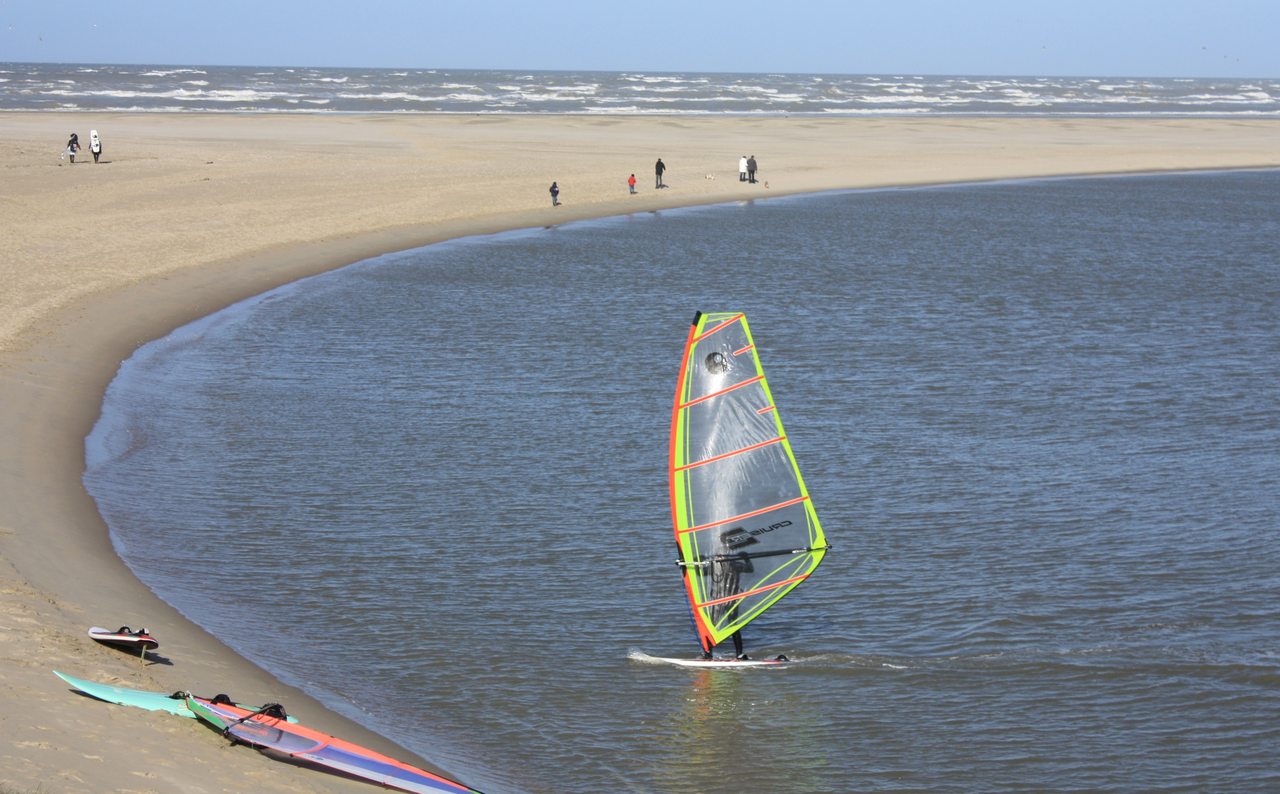
Windsurfing on the Canche at Le Touquet
Le Touquet is a resort built for pleasure
Le Touquet was purpose-built as a playground for the rich and famous, thanks to the vision of its early developers. First, Parisian lawyer Alphonse Daloz who, in 1855, bought a triangular area of rough land bordering the Canche estuary. He planted trees to stabilise the sandy soil, commissioned a modest chateau, and began inviting friends for hunting parties in his new forest. But it was one of Daloz’s influential guests, founder of Le Figaro newspaper, who spotted the true potential of the location in the 1880s as an upmarket resort for Parisian holidaymakers.
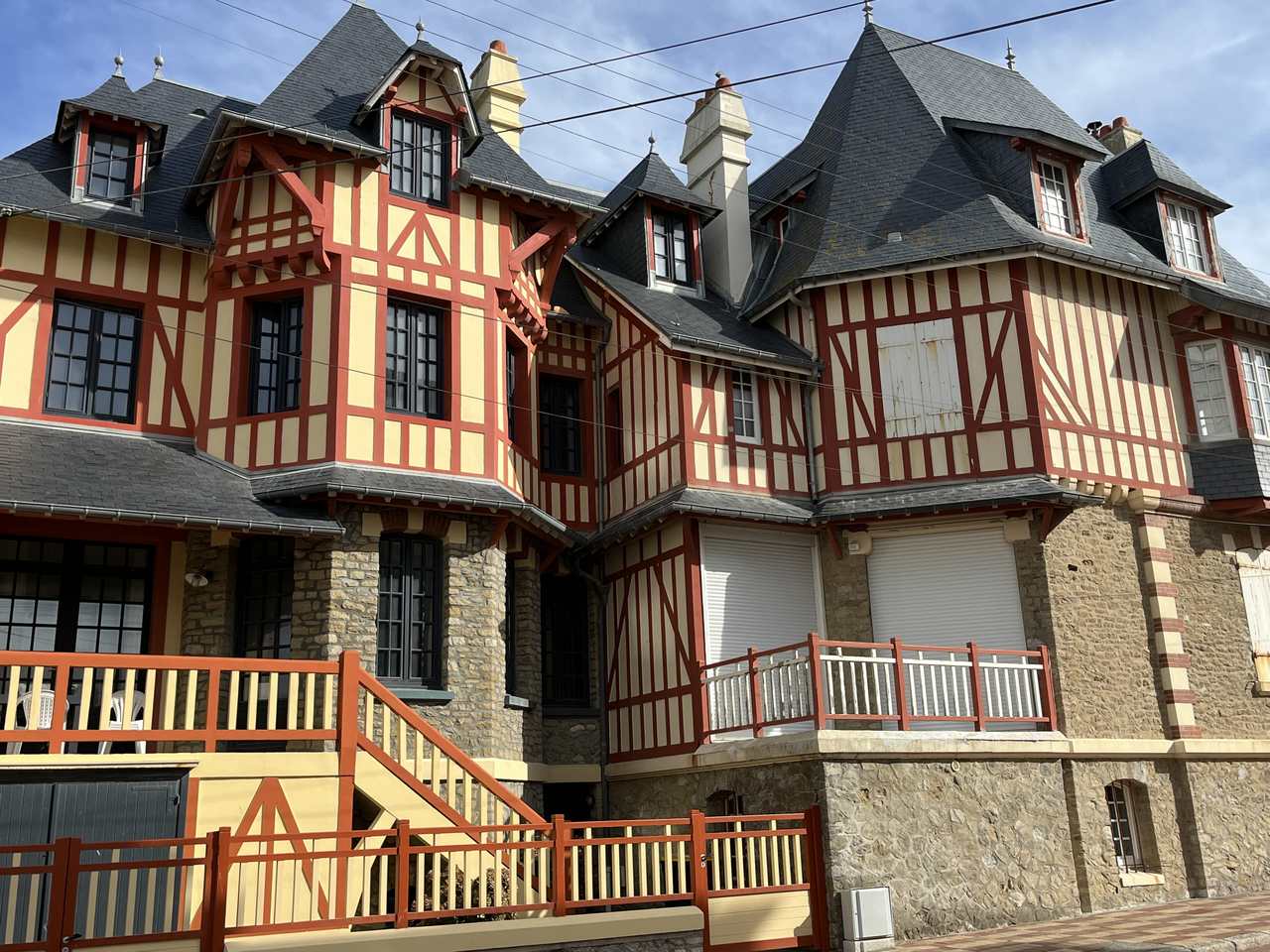
Period style, Le Touquet
Within a year, the small permanent population was growing fast, but it was Englishman Sir John Whitley who really put the developing resort on the society circuit after the death of Alphonse Daloz in 1902. By the 1920s, Le Touquet-Paris-Plage had become the go-to resort for wealthy guests from both sides of the Channel. Regular visitors included the Duke and Duchess of Windsor, Noel Coward, P G Wodehouse and Sir Winston Churchill.
Period style and modern amenities
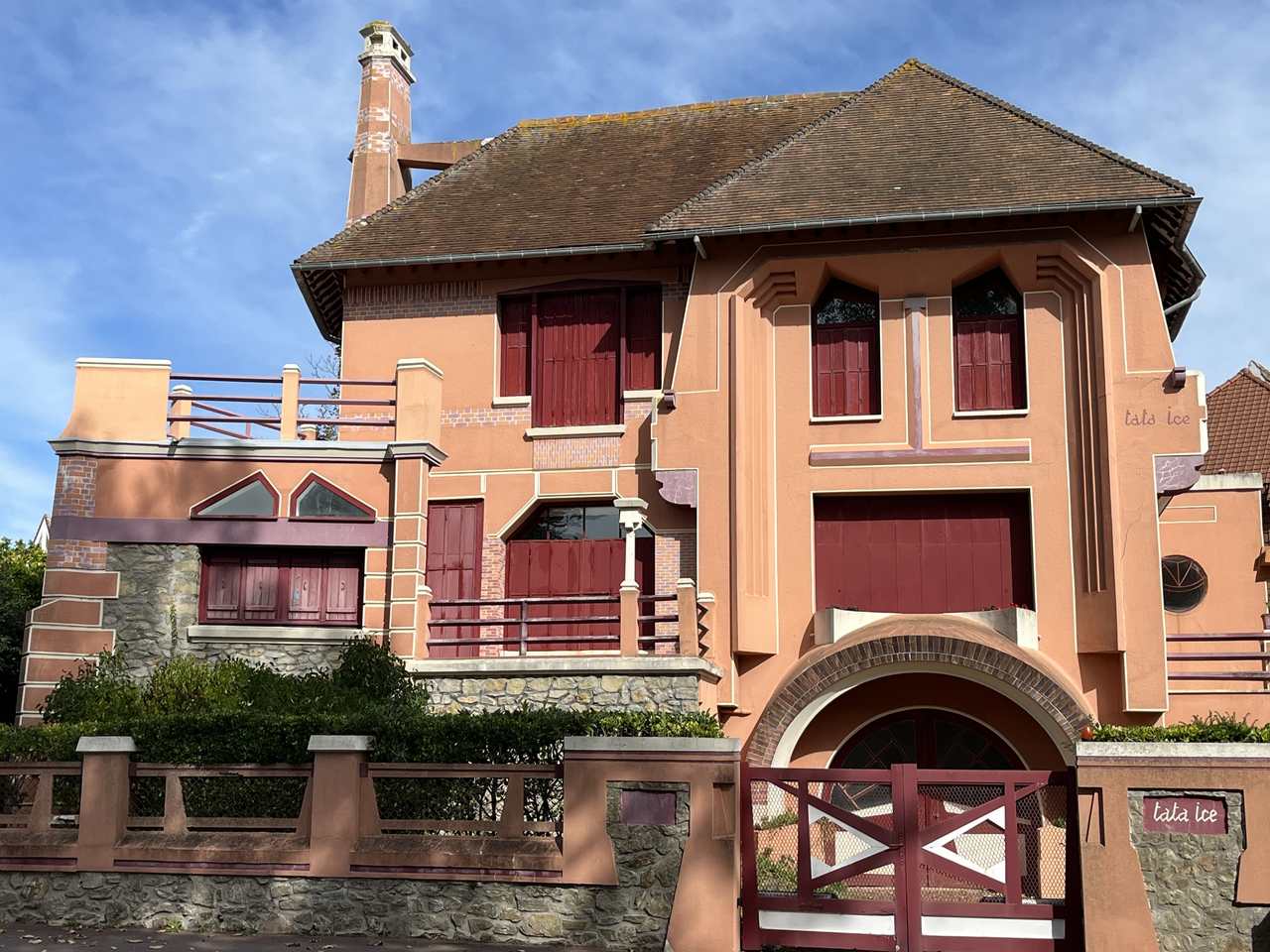
Tata Ice villa, 1926, Le Touquet
Fast forward a century and today, Le Touquet still exudes style and elegance with its sumptuous period properties – most of them second homes – set in the pine forests between the Canche and the coast. Download maps and brochures from the town website, as well as a self-guided walking route of the key historic buildings; hire a bike or segway from the Tourist Office; or book onto a themed guided tour.
Many beachfront villas were sadly lost in World War II and replaced by uninspiring apartment blocks, but turn your back on the town and the vast sandy beach more than makes up for the seafront architecture. Acres of clean, tide-washed sand where you can be as active or as passive as you want. Book in for a thalasso session with a sea view or maybe try your hand at sand-yachting, stand-up paddle board, or canoeing.
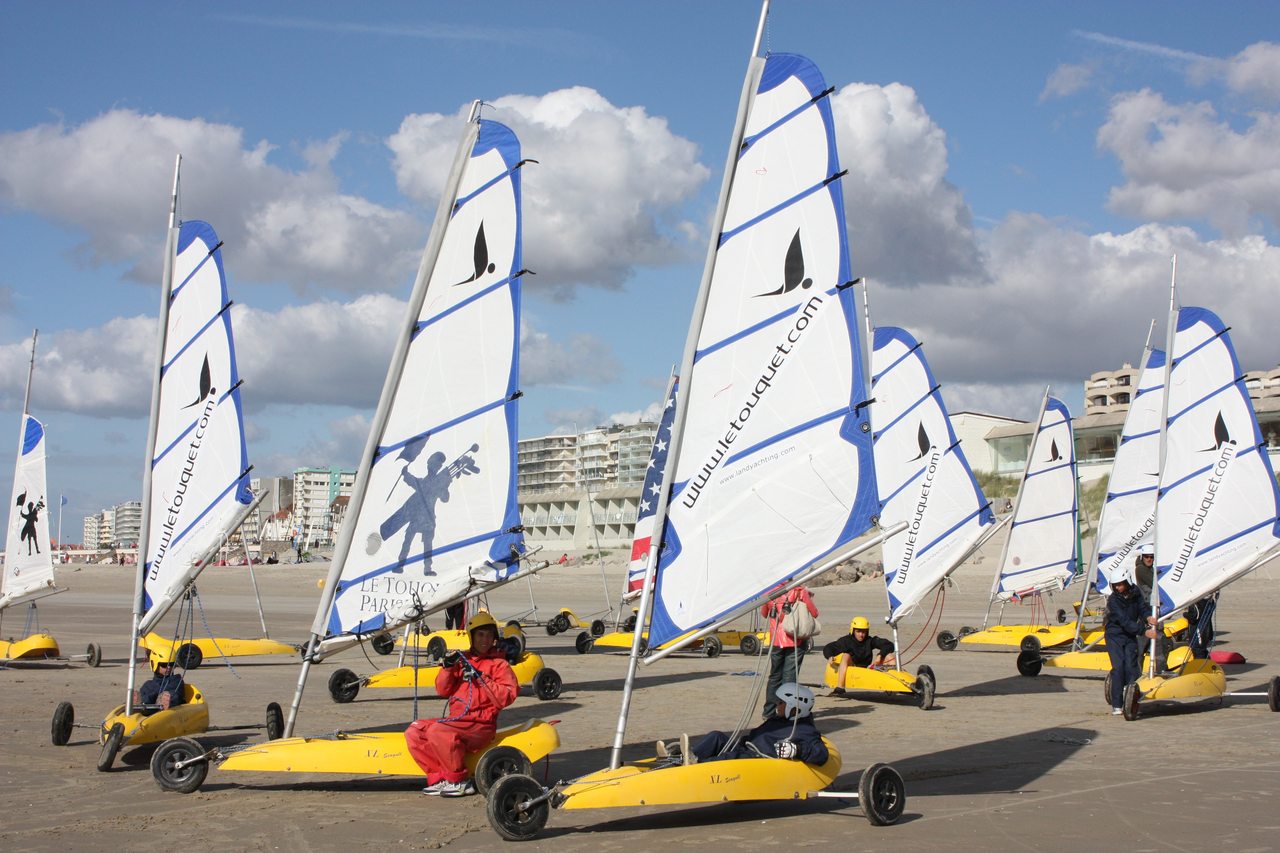
Sand yachts, Le Touquet
The grid of streets behind the sea front is still dotted with Belle-Epoque and Art Deco properties. Don’t miss the Art Deco Post Office and Town Hall, the half-timbered villas and turreted town houses. Focal point on a Thursday and Saturday morning is the market hall, built in an arc topped with a clock tower around a half-moon square crammed with stalls. Wander too among the small boutiques of the shopping centre. Edible souvenirs to take home? I loved the goodies on offer from local chocolate legend Au Chat Bleu and La Manufacture du Touquet who produce sweet and savoury biscuits in full public view.
Cross the Canche to Etaples
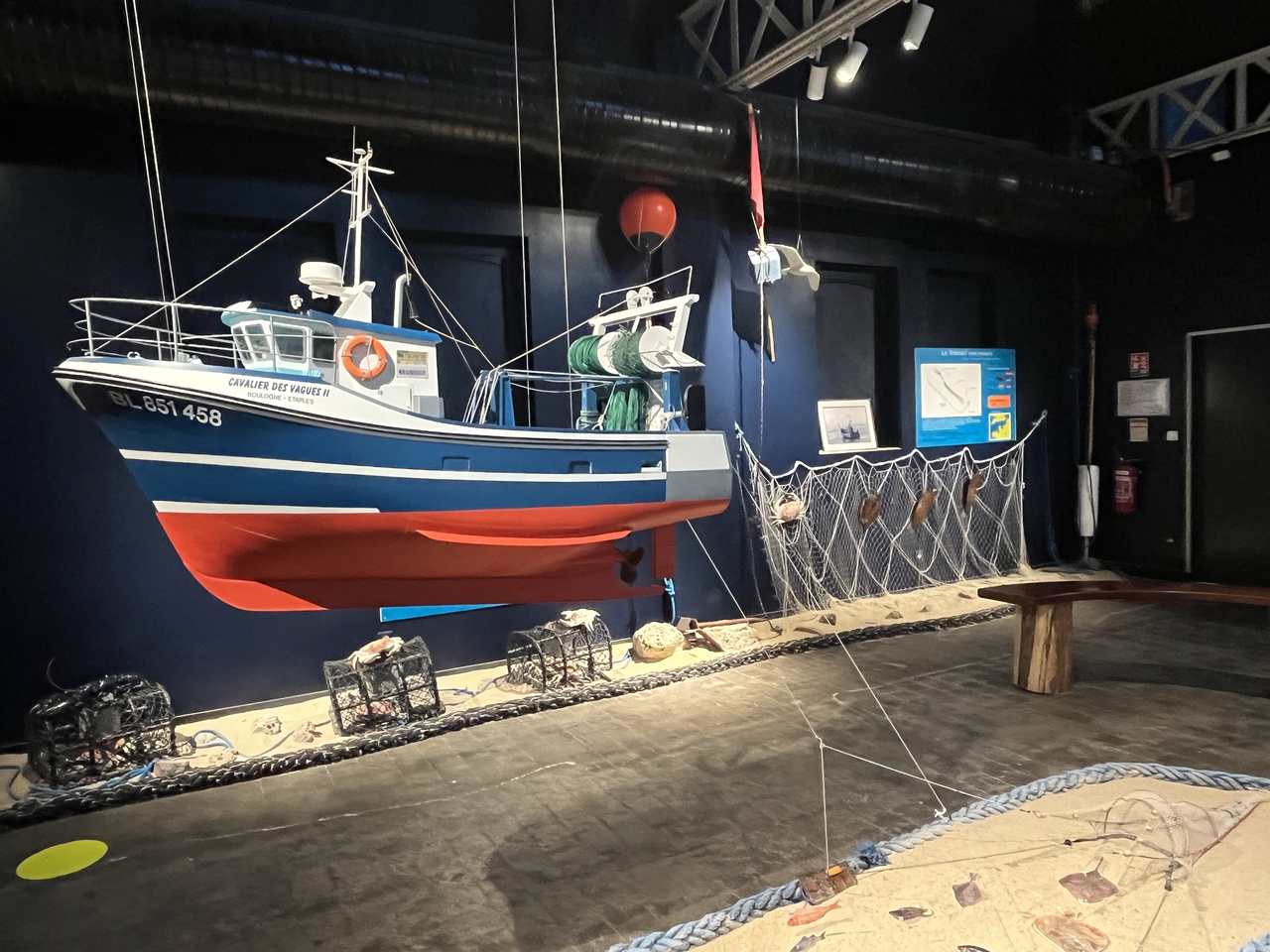
Maréis museum, Le Touquet
Unless you drop in by light aircraft to Le Touquet’s tiny international airport, you will almost certainly reach town by crossing the bridge over the Canche from Etaples. Fishing has been in the blood here for centuries and still is, although the local fleet moved to the big harbour complex in nearby Boulogne as the Canche silted up.
Discover the Etaples fishing industry at the family-friendly Maréis museum on the quayside, packed with information about the various boats and methods used for different species of fish. Signage is in French and English, and the centre is large enough to cover all aspects but small enough to hold the interest.
Then get out on the water yourself on board a river cruise boat for an excursion to the mouth of the estuary, stopping also in Le Touquet for passengers who want to combine both towns. Watch out for seals and waterbirds and, on the Etaples side, for two white monuments poking out from the trees.

Etaples Military Cemetery
This is Etaples Military Cemetery, the largest Commonwealth War Graves Commission cemetery in France, owing to the number of field hospitals and camps in the area during the Great War. Designed by Sir Edwin Lutyens, this tree-lined grass amphitheatre contains 10,771 Commonwealth burials from the First World War, immaculately arranged beneath a hilltop memorial. A humbling experience every time and a must-see for any Le Touquet visitor.
Fact File
GET THERE: Gillian took her car on board LeShuttle rail service at Folkestone for the 30 minute undersea journey to Calais, www.leshuttle.com. Le Touquet is 70 km from Calais on the A16 autoroute, around one hour’s driving.
STAY: Hôtel Barrière Le Westminster, an iconic hotel,that welcomes film stars, politicians and sporting icons, so for most of us, this 5* hotel is a special occasion destination. Founded in 1924, the Hotel Westminster was named in honour of the then Duchess of Westminster who set up and sponsored a hospital during the Great War at one of the nearby casinos. Facilities include a spa and a restaurant.
CHECK AVAILABILITY
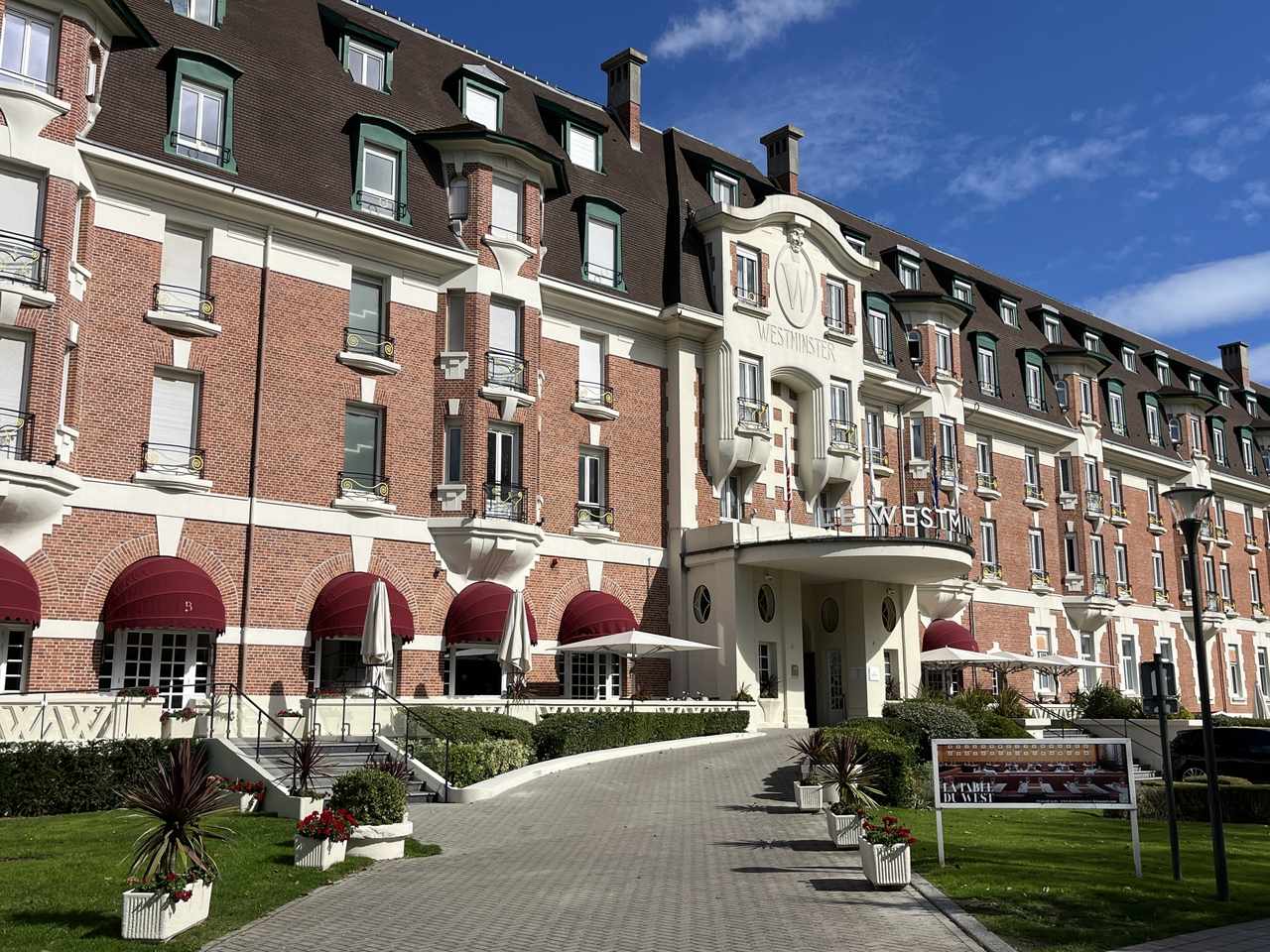
Hotel Westminster, Le Touquet
MORE INFO: www.letouquet.com
The post Le Touquet-Paris-Plage, a stylish seaside resort in Northern France appeared first on The Travel Magazine.
























